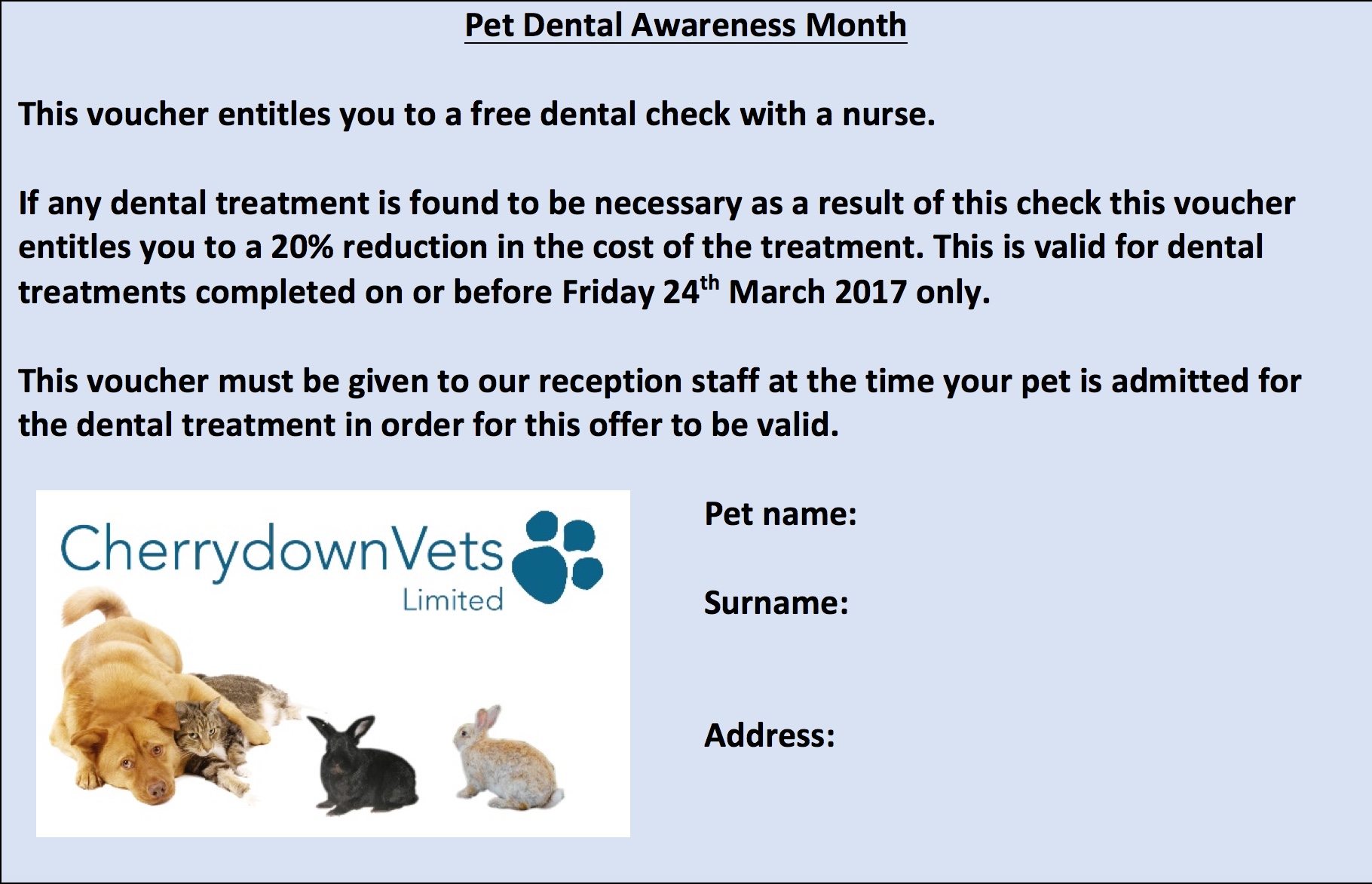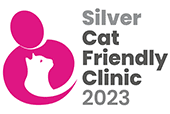As part of our commitment to the health and wellbeing of our clients, we are supporting Pet Dental Awareness Month. Our experts have written some handy tips and advice to help you keep your pet’s oral hygiene in tip top condition.
Poor dental hygiene can be a source of chronic pain and discomfort for many pets. Most owners are unaware of this discomfort because most animals will not cry out in the presence of such pain – they just tolerate it.
If there is an infection in the mouth it can allow bacteria into the body via the blood stream and cause infections elsewhere. Kidney, heart, lung and liver problems can all be caused by poor oral health. Bad teeth can therefore just be the ‘tip of the iceberg’.
How will I know if my pet has bad teeth?
- Bad breath
- Sore mouth
- Difficulty eating
- Loose teeth or tooth loss
- Pawing or rubbing the mouth
- Bleeding gums
- Yellow or brown tartar on teeth
- Dribbling
The first thing to do is to look in your pet’s mouth. Halitosis (bad breath) is caused by bacteria in the mouth, so this may alert you to the presence of dental disease.
Tartar is the hard brown accumulation which occurs on teeth. It is caused by mineralisation of plaque which in turn is caused by bacterial action against food particles in the mouth. The presence of tartar leads to gingivitis (gum inflammation). The gums become red, sore and prone to bleeding when touched. Tartar and gingivitis will eventually lead to periodontal disease where inflammation and infection cause destruction of the tissue around the tooth. Affected teeth loosen and may eventually fall out.
If the disease is severe, affected animals may eat on one side of their mouth, lose weight or generally fail to thrive. Older cats especially may start to look rather tatty as they may start to groom themselves less enthusiastically.
When dental disease is suspected your pet should be examined by a vet.
Tips for keeping your pet’s teeth clean and mouth healthy
- Brushing Regular tooth brushing is the best way of keeping your pet’s teeth clean. Both dogs and cats will generally allow tooth brushing once they are used to the idea but it may take a few weeks to establish a regular routine. It’s very important to use a pet toothpaste as human toothpaste can be dangerous for pets
- Diet Your pet’s diet can be very important in preventing tartar build-up on teeth. Try to feed your pet good quality dry foods rather than soft foods, as the latter tend to stick to the teeth, allowing the rapid build-up of tartar. Some diets are especially formulated to help keep teeth in the best possible condition. If you are considering changing your pet’s diet, please speak to our vets and nurses for advice.
- Dental chews can be extremely helpful, especially for dogs. Please take care that they are not too rich or too big for your pet.
- Start early Some pets can be a little shy of their mouth being opened. A gentle mouth examination should be part of your general puppy training (along with looking in the ears and looking at the feet – all sensitive areas) to get your pet used to this type of handling. Our nursing team will show you how to do this when you attend routine puppy checks or one of our puppy parties. (If applicable).
- Regular check-ups with your veterinary practice are essential for your pet’s oral health.Please use the below voucher to take advantage of our special offer for Pet Dental Awareness Month






